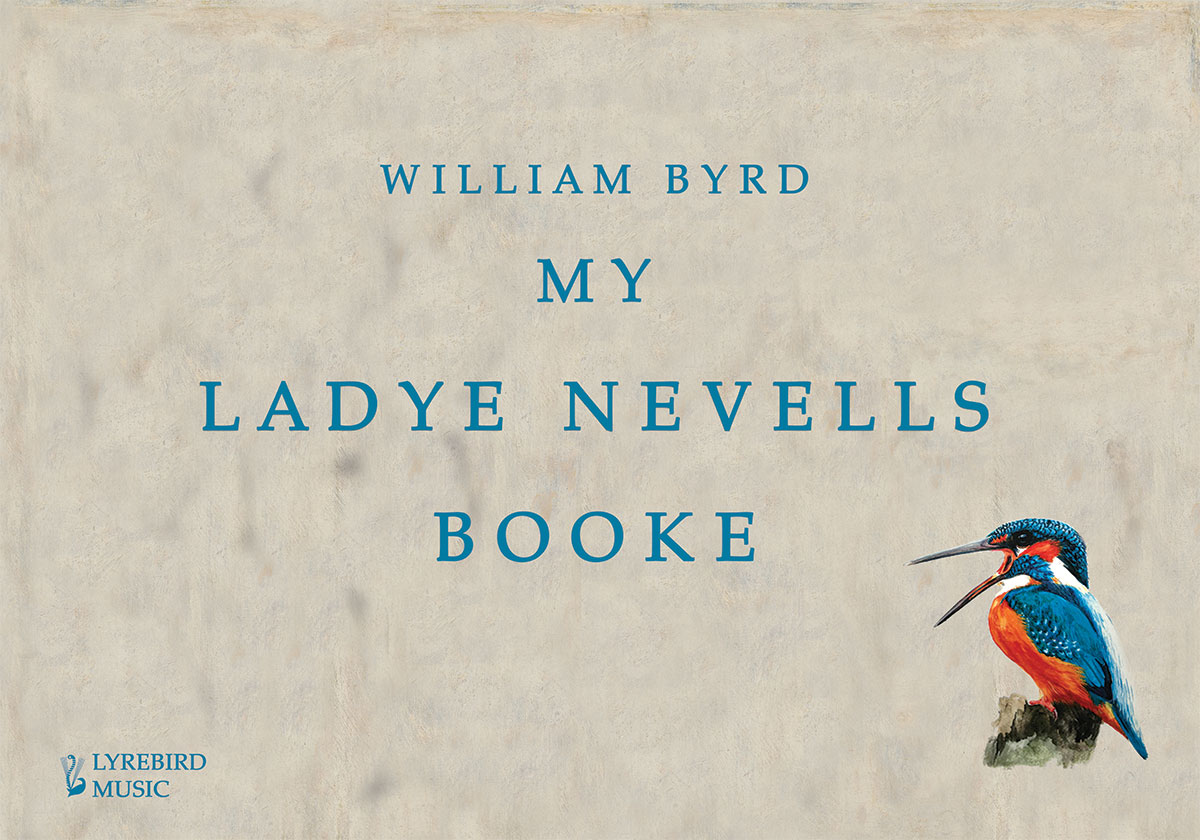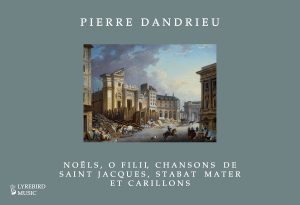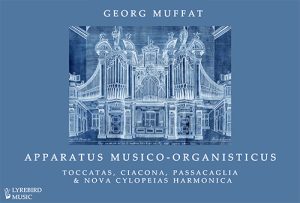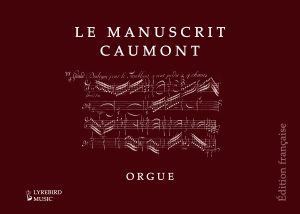LBMP–014: William Byrd –– My Ladye Nevells Booke
€52.20 – €64.40 (+ VAT for EU customers)
- The first complete edition of My Ladye Nevells Booke for nearly 100 years.
- Retains original notation style, time signatures and mensural notation
- Detailed preface containing information on the composer, the manuscript, performance and instruments
- Full critical commentary
- Three available formats
- Colour hardback cover with a matt finish (choice on checkout)
- Wire-bound with soft colour cover (choice on checkout)
- Tablet (PDF – one download available for 5 days)
Prices vary according to your needs. Please first choose the format you require.
My Ladye Nevells Booke was copied in 1591 for Lady Elizabeth Nevell of Berkshire, where her second husband had been returned as a Member of Parliament five times. Its copyist was John Baldwin, a singing man of St. George’s Chapel Windsor. We do not know why it was copied, yet it is an exceptional volume not only for its calligraphy, which must be the most beautiful of its period, but also its contents they are exclusively by the ‘father of English music’, William Byrd. The manuscript has not been edited as a single volume for nearly a century and the old edition has long been in need of replacement. Editors Jon Baxendale and Francis Knights have re-examined the score, its contents and notation. Using the same approach taken for their acclaimed Fitzwilliam Virginal Book, they have recreated the manuscript as closely as possible in an endeavour to engage players with the type of keyboard notation that was commonly known in the sixteenth century.
It has been a pleasure and a privilege to play, read and review this edition of William Byrd’s jewel in the crown of English keyboard music of the Elizabethan and early Jacobean periods, here meticulously edited by Jon Baxendale and Francis Knights. The oblong volume is beautifully presented, replete with a wide beaked Kingfisher enhancing the front cover of this the first new edition for almost a century, following the acquisition of the manuscript by The British Library in 2002. The music text is interspersed with occasional facsimiles from the manuscript after a comprehensive, historical and interpretative preface, and concludes with comprehensive critical and bibliographical epilogues.
The 42 pieces are transcribed with the minimum of editorial intervention, apart from the use of five line staves and G and F clefs, the essence of the original notation remains in the mensurations. The note values (black and void), time and mensuration signatures and the rhythmic beamings also remain with one editorial addition: a black dot is added rather than inserting a spurious barline.
The preface comprises extensive biographical profiles of Byrd and his copyist John Baldwin of Windsor, details of contemporaneous instruments followed by discussions of significant performance issues: tuning and temperament, fingerings and articulation, rhythmic inequalities and the interpretation of time signatures, black and void note heads as well as beaming, bar lines and proportions. The vexed issue of how the double stroke and singe ornament symbols might be played receives extensive attention, although it is pertinently noted that the latter do not feature in English keyboard manuscript sources until after the very end of the 16th century. None occur in MLNB which was completed in 1591. It is appropriate to note that the reference in Stationer’s Hall to the elusive English Treatise on Keyboard Playing of 1597, coincidences with the same year the publication as Thomas Morley’s Plain and Easy Introduction to Practical Music and also of Diruta’s Il Transilvano.
The conclusion of each piece bears Byrd’s name with varying references to his stature, notably: ‘homo memorabilis’, ‘laus: sit deo’ and to his status as a ‘gentleman:of: her maiesties: chapel’ – The only dated piece is the variations on ‘Will yow walke the woodes so wylde’ (1590). Finally, l am pleased to commend this exemplary edition unreservedly.
Christopher Kent
Harpsichord & Fortepiano, Autumn 2021.




